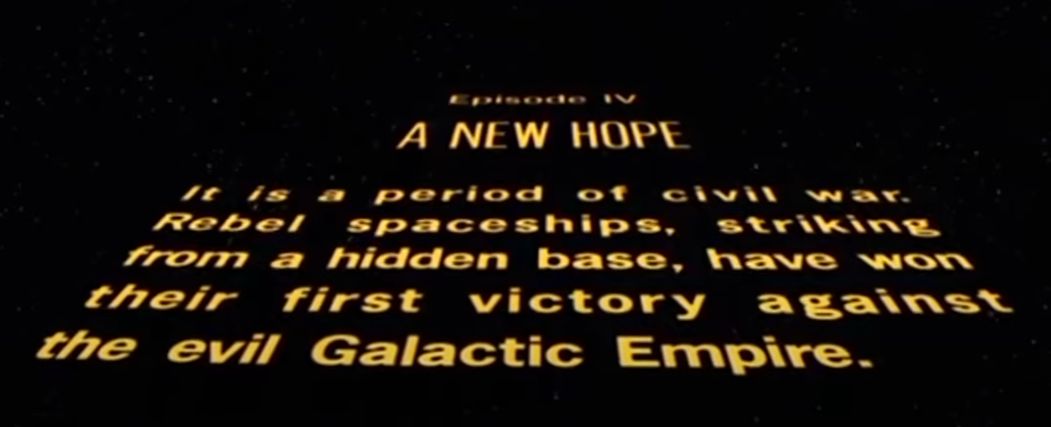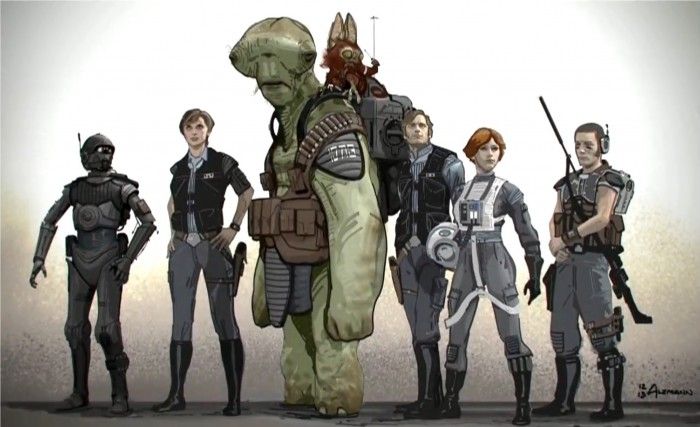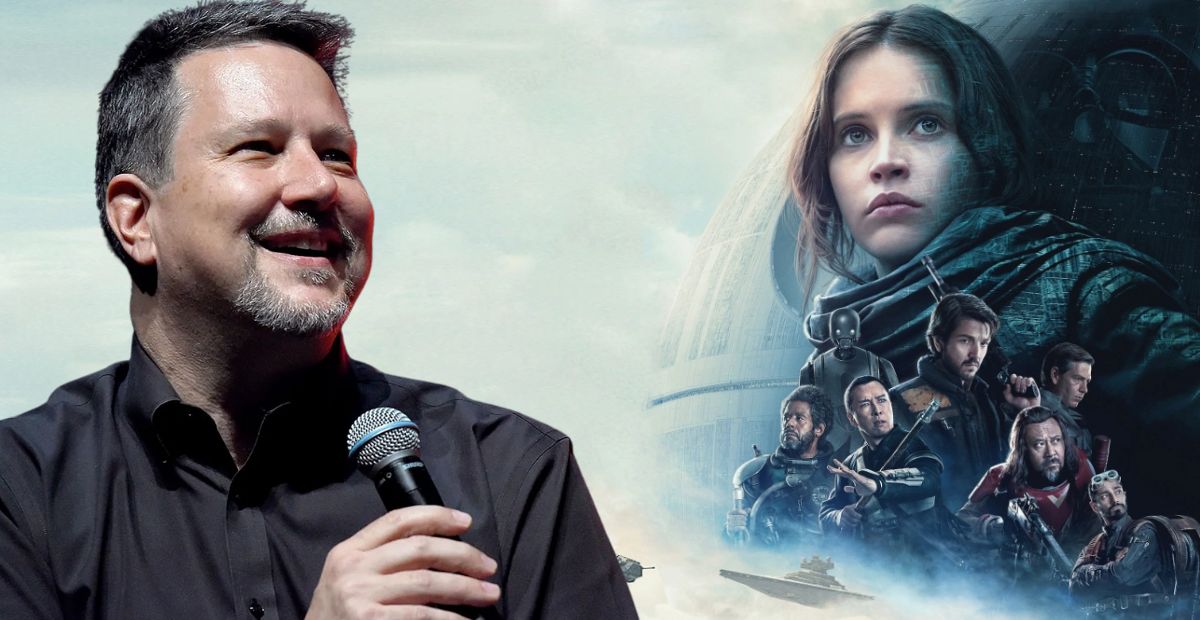While reading an article from Vanity Fair recently, I came across something surprising: John Knoll, the visual effects mastermind behind so much of Star Wars, wasn’t just responsible for making Rogue One: A Star Wars Story visually stunning—he also played a part in crafting its story.
That said, he didn’t entirely write the story.
So, what exactly did Knoll contribute to Rogue One, and how did someone so deeply rooted in visual effects end up helping shape the narrative of this beloved film?
Let’s take a closer look at his role and how it helped bring this unique Star Wars story to life.
John Knoll Pitched Rogue One’s Concept to Kathleen Kennedy
The story behind Rogue One begins with John Knoll himself. This time, he didn’t just want to contribute as a visual effects supervisor—he wanted to bring his own idea to life as a storyteller. Before the story for Rogue One was officially developed, Knoll had already envisioned what should happen and how the narrative should unfold.
He even created a short summary script titled The Destroyer of Worlds to outline his vision. Knoll explained in his interview, “The Pitch,” “You know that the idea from the opening crawl of New Hope of stealing Death Star plans, just a bit of backstory.” When he shared the concept with his friends, they were quite surprised by Knoll’s pitch.
Motivated by their reactions, Knoll arranged a meeting with Lucasfilm President Kathleen Kennedy to present his idea. Kathleen was amazed by the pitch and decided to approve it, paving the way for Rogue One: A Star Wars Story.
According to Vanity Fair, Knoll’s pitch wasn’t just delivered to Kennedy—it was also shared with Kiri Hart, the head of the Lucasfilm Story Group. The 20-minute presentation left a strong impression.
John Knoll’s “Destroyer of Worlds” Pitch
According to the book, Knoll’s pitch was short and to the point—a seven-page treatment titled Destroyer of Worlds, complete with character biographies. The concept was simple but brilliant: expand on the story of the Rebel spies mentioned in the opening crawl of A New Hope. You probably know it by heart:
“Rebel spaceships, striking from a hidden base, have won their first victory against the evil Galactic Empire. During the battle, Rebel spies managed to steal secret plans to the Empire’s ultimate weapon, the Death Star.”


From the book I mentioned earlier, Knoll himself said, “It’s what’s described in A New Hope crawl—the story of a mission to steal the Death Star plans. That is the core of the idea. I thought, let’s tell that story.”
Interestingly, Knoll’s original team lineup looked a little different from the squad we saw on screen. The book reveals that his pitch included K-2SO, Jyn Erso, Senna, Lunak, Dray Nevis, Ria Talla, and Jerris Kestal. The team had more alien members, including Senna and Lunak, which added a unique dynamic to the Rebel group.

The Real-World Inspiration Behind Rogue One
John Knoll’s initial pitch for Rogue One didn’t just amaze Kathleen Kennedy—it also struck a chord with Pablo Hidalgo of the Lucasfilm Story Group.
The concept of a superweapon like the Death Star, with its immense destructive power, reminded Hidalgo of a real-world parallel. Inspired by Knoll’s idea, he began to see connections to historical events, particularly the development of the atomic bomb.
As Hidalgo shared with StarWars.com, “In developing Galen Erso, a scientist who made a weapon that would ultimately be capable of unimaginable destruction, we looked at J. Robert Oppenheimer as a source of inspiration.”
Just like the atomic bombs used in 1945, the Death Star represents the ultimate superweapon—created in secret and altering the course of galactic history forever.
“Knoll’s very first story treatment for Rogue One was titled Destroyer of Worlds,” Hidalgo explains. “Which is from Hindu scripture, but Oppenheimer used it to describe his reaction to nuclear weapons development, ‘I have become Death, the destroyer of worlds.’ With that as a basis, we couldn’t help but think about the nuclear arms race and the intrigue that surrounds it.”

